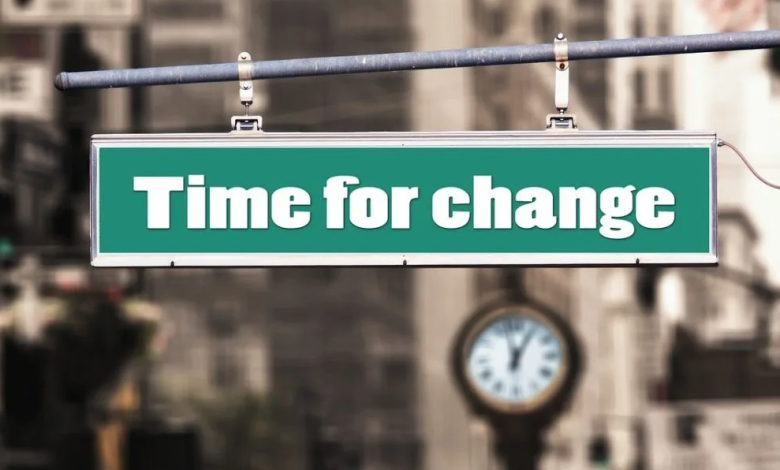How much does it cost to ignore climate change?

Report Deloitte, in 2070 climate change can cost us 7.6 of global GDP
(Sustainabilityenvironment.com) – In the next 50 years, ignoring the impact of climate change would come at a very high price. A $178 trillion global account. By 2070, the average loss of world GDP would be -7.6% compared to a scenario in which, for example, climate change did not affect the planet. Deloitte calculates this in the Global Turning Point Report 2022, just published.
The loss of traction in the economy over five decades would therefore be substantial. According to Deloitte’s projections, global capital would be increasingly used to repair the damage caused by climate disasters instead of being invested productively. Without putting a stop to climate change, the damage to the economy will be global: each region would be affected by 2070. Although in very different proportions.
The region most affected would be Asia-Pacific with 96thousand billion dollars of shortfall and GDP that would score -16%. Then followed by the Americas, with 36 thousand billion, and Europe with 10 thousand billion dollars of losses. In these cases the GDP lost would be, respectively, 4% and 1%. The rest of the world combined would lose about 40 thousand billion.
A decidedly darker future than we would expect if, from today, there were a rapid and well coordinated global climate action. In this case, the world economy would gain: in 2070 it would rise by 43 thousand billion compared to a scenario without climate change.
“Changes in lifestyles, consumption and production, together with a reorientation of capital flows and massive recourse to new technologies, are key elements in maintaining the rise in the average temperature of the Earth by 1.5 ºC at the end of the century, goal still reachable (even with a temporary overshoot) if we act with force from now”, summarizes Stefano Pareglio di Deloitte.





